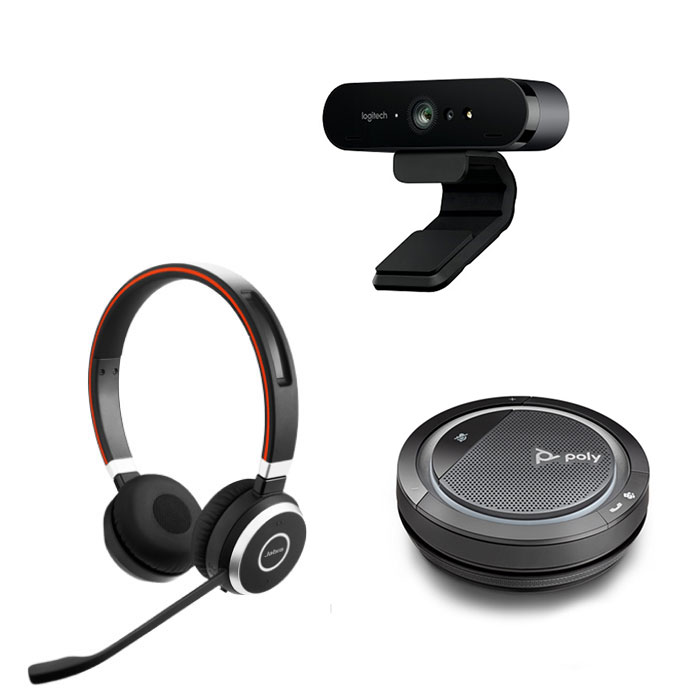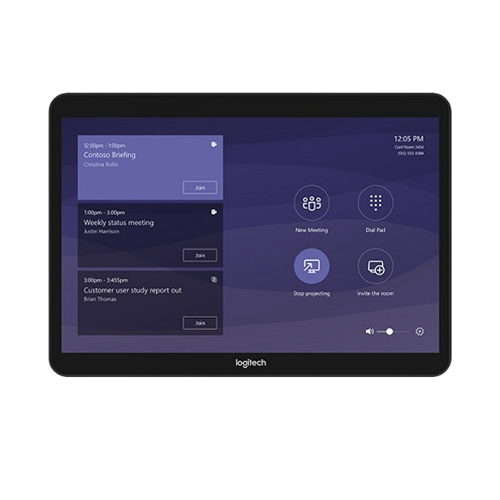Selecting a Wireless Headset Radio Technology
It’s well known that wireless headsets make office and mobile professionals more productive. Technology advances have made wireless headsets practical and increased product choices. A manager responsible for the smooth functioning of a business needs to select wisely to get the full convenience, compatibility, and productivity benefits of wireless headsets. Choices of radio technology, range, user density, security, cell-phone and Wi-Fi compatibility can be confusing. This paper reviews the strengths and weaknesses of the technologies available today: analog, DECT (Digital Enhanced Cordless Technology) and Bluetooth.
| Technology | Radio Frequency | Voice Quality | Use With Wi-Fi |
Security | Use With Cell | Range | User Density | Talk Time |
| Analog FM | 900 MHz, some 2.4GHz |
Varies | Poor for 2.4GHz units | Poor | No | Up to 300 feet | Limited by available channels | Good |
| Bluetooth | 2.4 GHz | Cell phone quality | Can be OK | Excellent | Yes | Up to 30 feet | 2 to 3 users per 400 sq. ft | Excellent |
| DECT | 900 MHz, 1.9 GHz |
Desk phone quality | Excellent | Excellent | No | Up to 300 feet | Up to one per cubicle, but range reduced | Excellent |
 Cookies seem to be disabled in your browser.
Cookies seem to be disabled in your browser.








